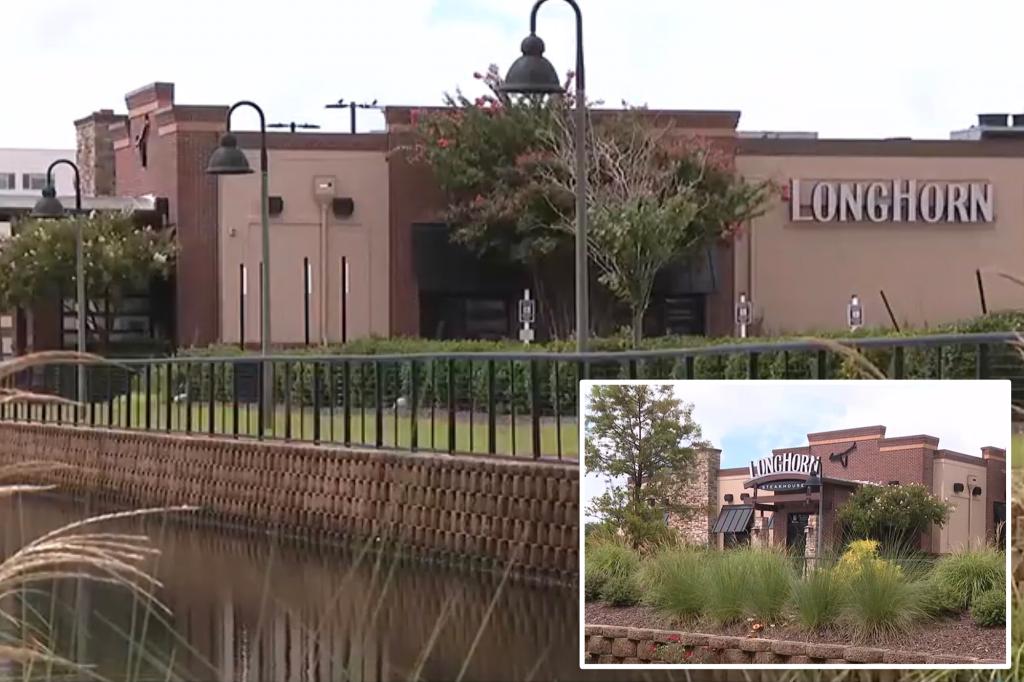“`html
Innovative Green Energy Solutions are Transforming Urban Landscapes
In response to the escalating climate crisis, cities worldwide are rapidly adopting innovative green energy solutions. This shift, driven by environmental necessity and public demand, is prominently seen in urban areas like San Francisco, California, and Copenhagen, Denmark. Implemented over the past decade, these initiatives aim to reduce carbon footprints and enhance sustainability.
What Are Green Energy Solutions?
Green energy solutions encompass a variety of technologies and practices designed to harness renewable resources, such as solar, wind, and hydropower. These solutions not only prioritize environmental sustainability but also seek to create energy-efficient urban environments. According to the International Renewable Energy Agency, renewable energy accounted for approximately 26% of global electricity generation in 2021, a trend set to continue as cities seek cleaner energy sources.
Key Examples of Urban Green Energy Initiatives
Several cities are at the forefront of implementing successful green energy strategies:
- San Francisco: The city has committed to running on 100% renewable energy by 2030. A significant part of this initiative includes extensive solar panel installations on public buildings, which are projected to generate over 60 megawatts of power annually.
- Copenhagen: Known for its ambitious goal to become carbon neutral by 2025, Copenhagen has invested heavily in wind energy and bike-friendly infrastructure. The city currently produces more than 40% of its energy from wind turbines.
- Amsterdam: This city has introduced innovative energy storage solutions, such as using electric vehicle batteries to store excess solar energy, allowing homes and businesses to utilize clean energy even when the sun isn’t shining.
Expert Insights on Urban Energy Transformation
Experts emphasize the importance of transitioning to green energy to combat climate change effectively. Dr. Emily Carter, an environmental scientist at Stanford University, states, “Cities are responsible for over 70% of global carbon emissions. Therefore, urban centers must lead the charge in adopting sustainable energy solutions to significantly impact climate change.”
Additionally, urban planner Mark Jensen highlights the economic benefits of such initiatives, asserting, “Investing in green energy not only mitigates climate risks but also stimulates local economies by creating jobs in emerging industries.” As cities continue to innovate, the intertwining of environmental health and economic growth becomes increasingly evident.
Challenges in Implementing Green Energy Solutions
Despite the positive strides, urban areas face numerous challenges in implementing these green energy solutions. Funding remains a significant hurdle, as many cities grapple with tight budgets and competing priorities. Furthermore, there is often public resistance to change, particularly concerning land use and infrastructure adjustments.
For instance, in New York City, attempts to install solar panels on rooftops faced opposition from some residents concerned about aesthetic changes. Additionally, regulatory frameworks can hinder swift implementation, as local governments navigate the complexities of existing laws and policies.
The Future of Urban Green Energy
Looking ahead, the future of urban green energy solutions appears promising yet complex. As technology advances, cities are expected to adopt more sophisticated systems, including smart grids and energy efficiency measures. These innovations will enable better energy management and increased reliance on renewable sources.
Moreover, community engagement will play a crucial role. Cities that actively involve residents in the planning and execution of green energy projects tend to experience greater acceptance and participation. “When communities feel invested in the process, they are more likely to support and adopt green energy solutions,” notes Dr. Carter.
Conclusion: A Call to Action for Sustainable Urban Development
As urban landscapes continue to evolve, the push for green energy solutions becomes imperative for sustainable development. Cities globally must prioritize the adoption of innovative technologies and foster community engagement to overcome challenges and maximize benefits. With climate change looming larger, the time for action is now.
To stay informed and engaged in the transition to sustainable urban environments, individuals and communities are encouraged to participate in local planning meetings and advocate for green policies. Together, we can shape a cleaner, greener future.
“`
